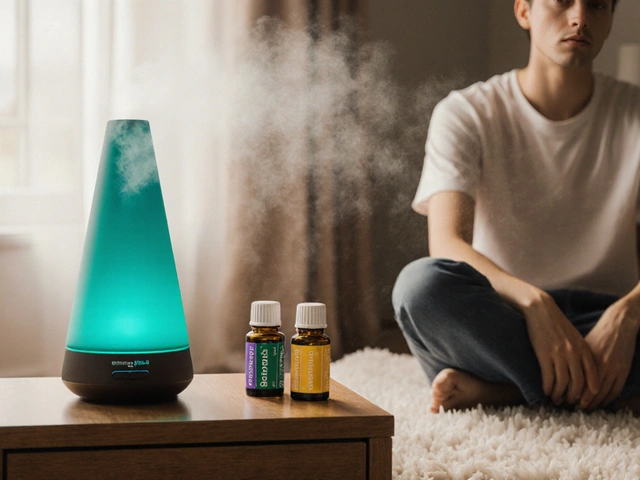Safe Use of Melatonin and Sleep Aids in Children: What Parents Need to Know
December 15 2025Sleep Disorders: What’s Keeping You Up and How to Fix It
Ever lie in bed scrolling on your phone, watching the minutes tick by while you feel more awake? Chances are a sleep disorder is messing with your night. The good news is most problems have simple fixes or clear steps to get help.
Common Types of Sleep Disorders
Insomnia – You can’t fall asleep, stay asleep, or wake up too early. Stress, caffeine, and an irregular schedule are usual culprits. If you’ve tried counting sheep and still stare at the ceiling, it’s time to look at your bedtime routine.
Sleep Apnea – Breathing stops for a few seconds while you’re asleep, often causing loud snoring or choking sounds. It leaves you feeling drained even after a full night. A partner’s complaint about snoring is a big hint that this might be happening.
Restless Leg Syndrome (RLS) – An uncomfortable urge to move your legs, especially at night. The sensation can feel like crawling insects or burning. It’s often worse after long periods of sitting and improves with movement.
Shift‑Work Disorder – Working nights or rotating shifts throws off your internal clock. You might find yourself sleepy during a night shift and wired during the day.
How to Improve Your Sleep Tonight
Start small: turn off screens at least 30 minutes before bed, dim the lights, and keep the room cool (around 65°F/18°C works for most). A short stretch or a few deep breaths can calm the nervous system.
If caffeine is part of your evening routine, swap it for herbal tea. Even a tiny cup of coffee after 2 pm can delay sleep onset by an hour.
Set a regular wake‑up time, even on weekends. Your body loves consistency, and sticking to the same schedule trains the brain to expect sleep at a certain hour.
Consider a “wind‑down” ritual: read a paper book, write in a journal, or listen to calm music. The goal is to signal to your brain that it’s time to shift gears.
When you suspect apnea, try sleeping on your side; this can keep the airway open better than lying on your back. If snoring persists, a doctor can arrange a sleep study and discuss CPAP machines or oral devices.
For RLS, gentle leg massages, warm baths, or a low‑dose iron supplement (if you’re low) often help. Avoid alcohol close to bedtime; it may make the symptoms worse.
If none of these tricks move the needle after two weeks, schedule an appointment with a sleep specialist. They can run tests, review medications, and suggest therapies like cognitive‑behavioral therapy for insomnia (CBT‑I), which has a strong track record.
Bottom line: most sleep problems start with habits you can change today. Tweak your environment, keep a steady schedule, and don’t ignore warning signs like constant fatigue or loud snoring. With the right tweaks, you’ll be back to waking up refreshed without counting endless sheep.
 5 May
5 May
Porphyria and Sleep: How to Improve Your Sleep Quality
As someone who's struggled with porphyria, I know firsthand how it can affect our sleep quality. In my latest blog post, I explore the connection between porphyria and sleep, and share some useful tips on how to improve sleep quality. I discuss the importance of establishing a regular sleep schedule, creating a calming bedtime routine, and making adjustments to our sleep environment. Additionally, I emphasize the role of proper nutrition and stress management in promoting better sleep. Don't let porphyria rob you of a good night's rest - check out my post for helpful advice!
Read More...



